You don't know the cliffs, out!
2025-08-09 07:43:06
Thuja, also known as Western Red Cedar, is a rare type of softwood that has been growing for over a century, with some trees even reaching a thousand years in age. In traditional Chinese medicine, it's believed that the aromatic scent released by Thuja has detoxifying and heat-clearing properties, helping to strengthen the body’s vital energy and resist illness. Scientific analysis shows that its main components include volatile oils, fatty oils, flavonoids, cedarol, sitosterol, alfalfa, lemon saponins, saponins, vitamins, and minerals. These natural compounds not only have antibacterial and antiviral effects, purify the air, but also help to relax the mind and stabilize emotions. When people inhale the fragrance of Thuja, they may experience lower blood pressure, reduced blood flow to the brain, relief from depression, and a more balanced mood. The collection and investment of Thuja are often based on root art, root carving, and furniture craftsmanship.
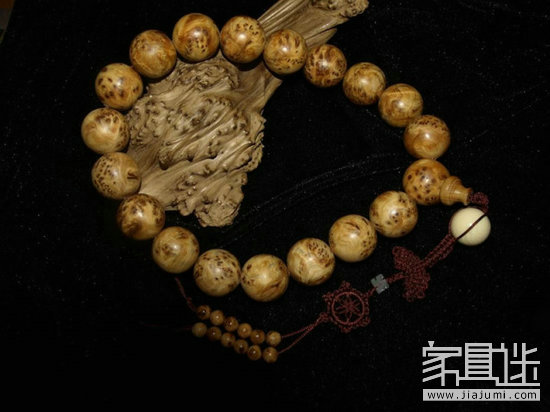
Thuja bracelets come in several distinct patterns, including bird's eye, tumor, cloud, flame, water ripple, black line, and yin-yang. Each pattern has its own unique characteristics and appeal.
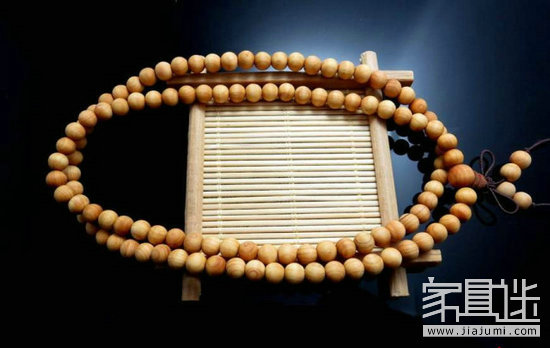
**Bird's Eye**
This pattern features small, round holes resembling sesame seeds or pockmarks. It is one of the most popular and highly valued patterns among collectors. The smaller and more numerous the "eyes," the higher the value of the bracelet.
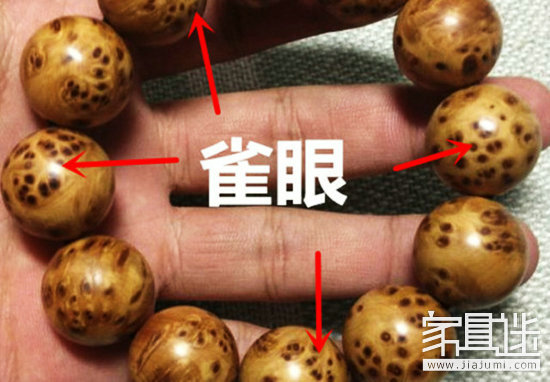
**Tumor**
Sometimes mistaken for bird's eye, the tumor pattern is actually formed during the tree’s growth process. It is typically described as a combination of bird's eye and flame pattern, created by the tree’s natural swelling or growth anomalies.

**Flame Pattern**
This texture is often grouped with bird's eye under the term "tumor sputum." It appears as a unique, flame-like structure on the cross-section of the wood, offering a different visual effect than the bird's eye.

**Moire**
This pattern resembles swirling clouds and is usually found in older, oily red Thuja material. Due to its rarity and aesthetic appeal, moire-patterned Thuja is often more valuable than standard pieces.
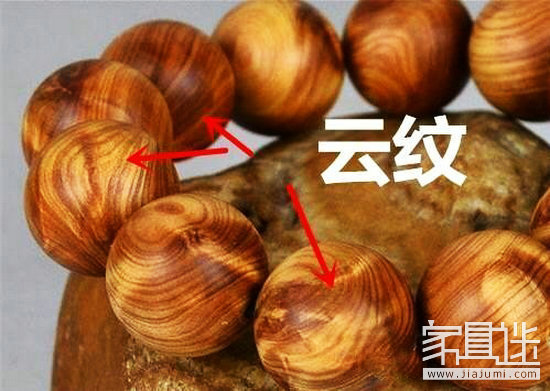
**Water Ripple**
Similar to other high-end wood bracelets, Thuja can also feature a water ripple pattern. However, it is less common compared to materials like Jinshen or Huali and tends to be more mysterious and intricate.
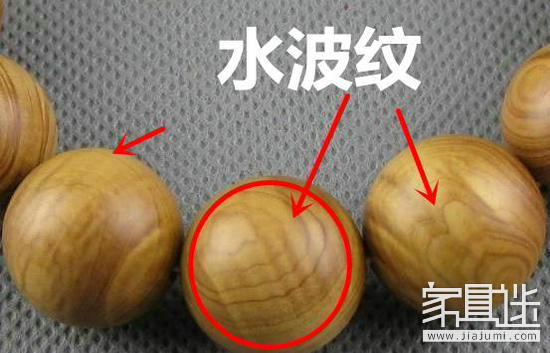
**Tiger Stripes**
Also known as "tabby," this pattern is formed when the tree continues to grow after natural cracking. The cracked layers create visible black threads, resembling tiger stripes. This pattern is relatively rare and highly sought after.
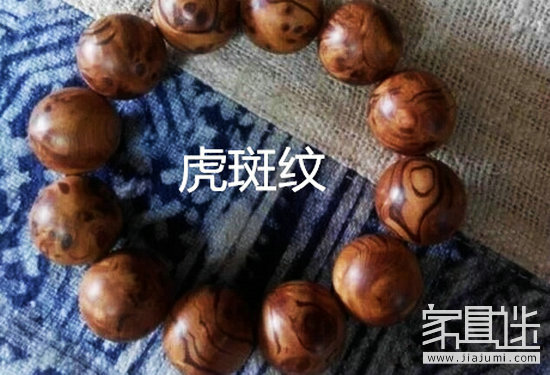
**Yin and Yang**
This pattern combines white bark and core material. While the white skin lacks fragrance and oiliness, it still holds value for collectors. In root carving, the white skin is often used as a finishing touch, adding contrast and depth to the design.
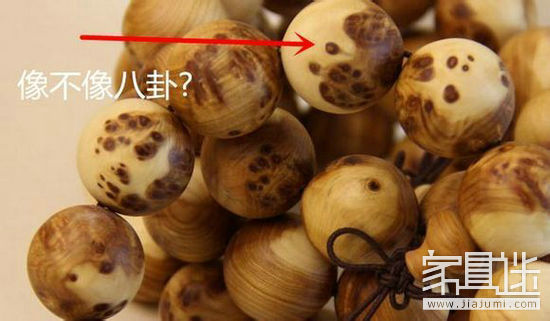
In addition to these patterns, Thuja is also valued for its rich history, natural beauty, and cultural significance. Whether you're collecting for investment or personal enjoyment, Thuja offers a unique blend of artistry and tradition.
Camping And Hiking Gear,Outdoor Hiking Gear,Camping Hiking Gear,Backpacking Gear Near Me
Ningbo Fineweather International Trade Co., Ltd. , https://www.fwsbag.com